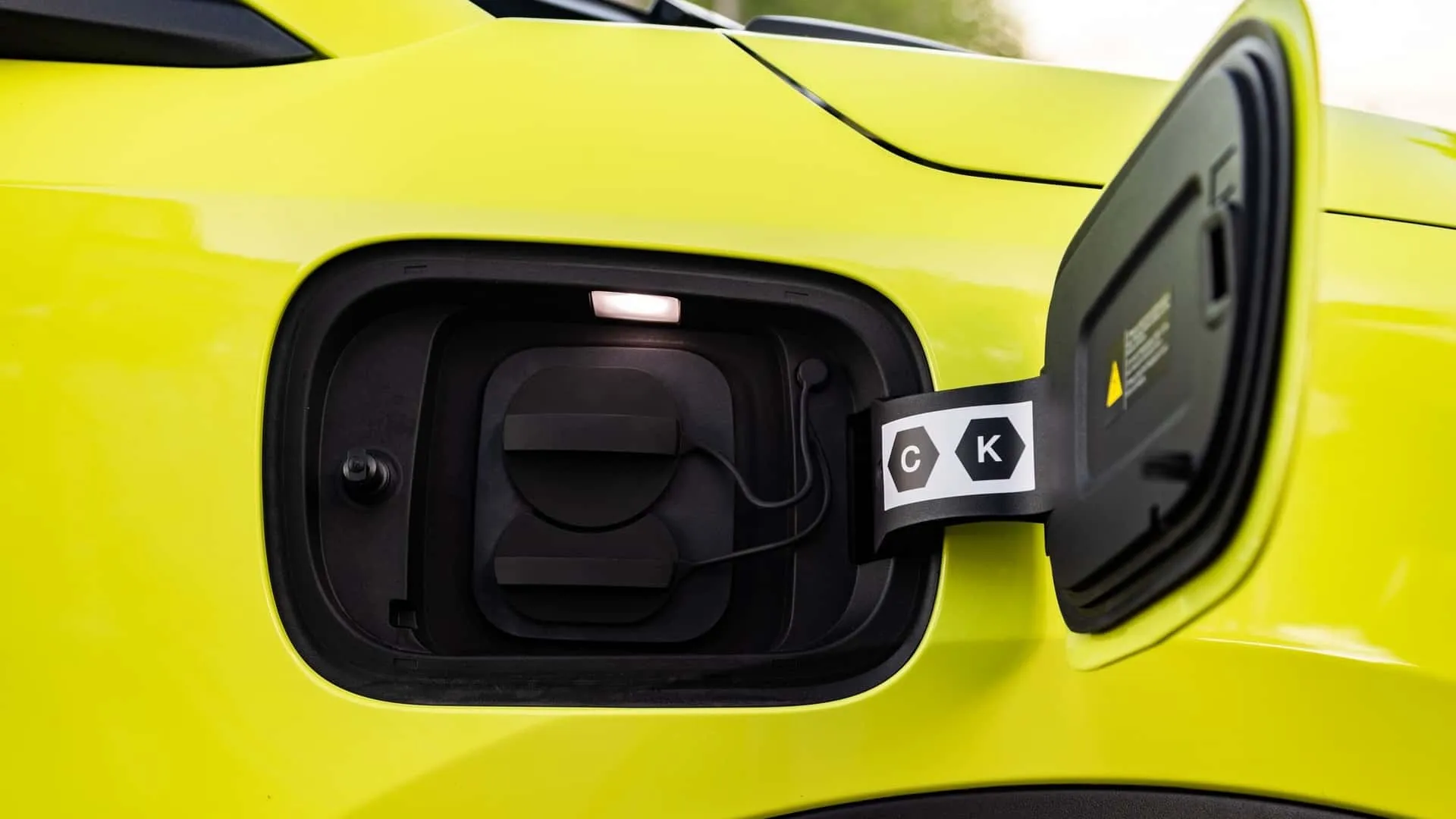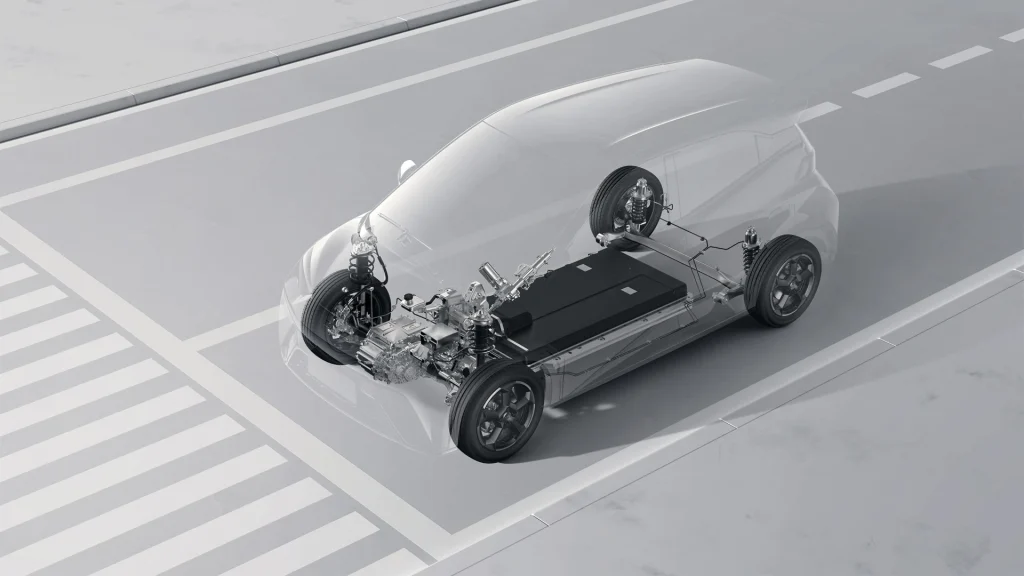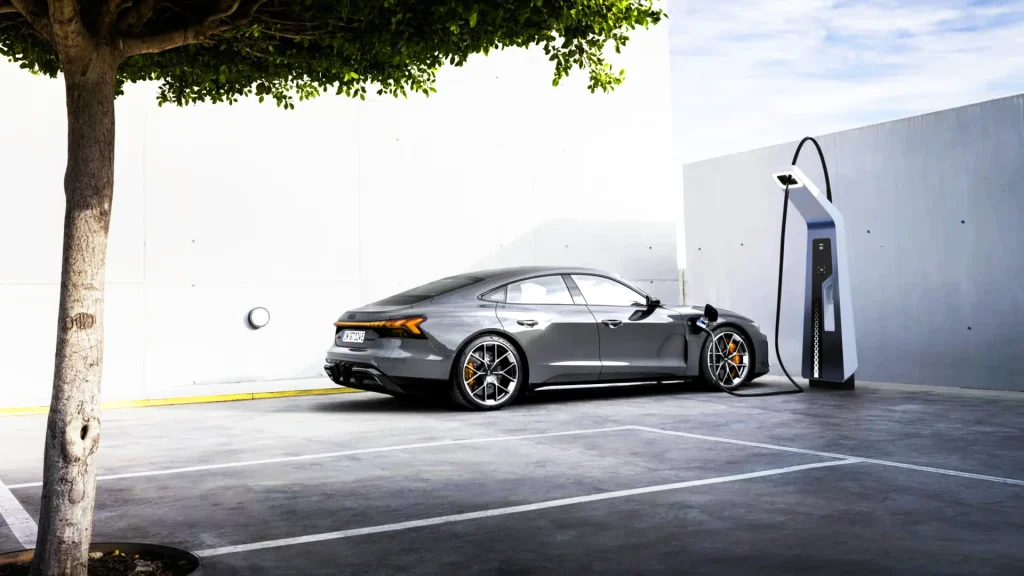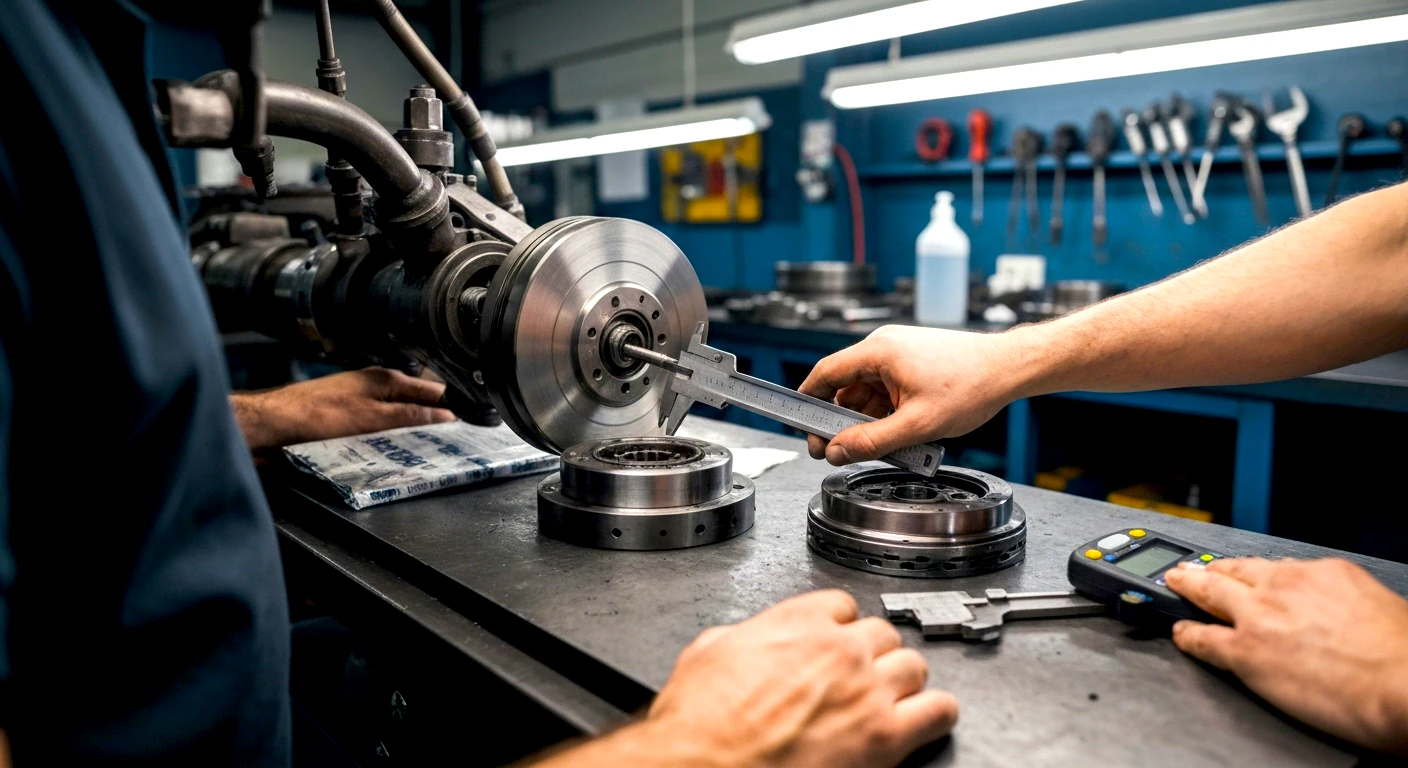Maximize the range of your electric car! Discover 10 valuable tips to optimize your driving, maintenance, and extend battery life.
The transition to electric mobility marks a significant milestone in automotive history, but one of the most common barriers for new adopters and a constant concern for owners is range. “Range anxiety” is real, leading many to question whether an electric car can truly meet their daily and travel needs. The good news is that range is not a fixed value but a dynamic metric that can be significantly optimized with smart driving practices, proper maintenance, and leveraging the technologies your electric vehicle offers. Understanding and applying these strategies not only increases the distance traveled on a single charge but also contributes to battery longevity and a more enjoyable and economical driving experience.
The Importance of Range for the Future of Electric Mobility
Range is the heart of the electric car experience. For many, it dictates the practicality and viability of owning a battery-powered vehicle. Although technological innovations are constantly pushing boundaries, such as the development of solid-state batteries that promise ranges of 1,000 km, how we interact with our electric cars today is the most immediate factor in maximizing every mile. Overcoming the psychological barrier of “sufficient range” is crucial for the mass adoption of EVs, and practical knowledge empowers drivers to make the best use of their vehicles. The following tips are not just tricks, but adjustments in behavior and maintenance that ensure maximum efficiency, making the electric car range an ever-diminishing concern for most users. Let’s dive into the 10 essential tips every electric car owner should know and apply.
10 Proven Strategies to Optimize Your Electric Car’s Range
1. Smooth and Predictive Driving: The Art of Efficient Driving
The way you interact with the accelerator and brake pedal is perhaps the most individually impactful factor on your electric car’s range. Abrupt acceleration demands power spikes from the battery, energy consumption that translates into fewer miles. Imagine the car as an athlete: it expends far more energy in explosive starts than in a steady, rhythmic pace.
Smooth and predictive driving means anticipating traffic conditions. Instead of accelerating hard only to brake suddenly at a closing traffic light, lift your foot off the accelerator earlier, allowing the car to slow down naturally. This not only saves energy by avoiding unnecessary peaks but also maximizes recovery through regenerative braking. On highways, using Cruise Control is a powerful ally, as it maintains a constant speed with minimal variation, resulting in a more linear and efficient energy flow. Being aware of traffic flow, maintaining a safe distance from the vehicle ahead, and avoiding sudden lane changes are practices that complement this driving philosophy, turning the act of driving into a more zen and economically advantageous experience.
2. Master Regenerative Braking: Recharge While You Slow Down
Regenerative braking is one of the crown jewels of electric cars. Unlike combustion vehicles, which lose kinetic energy as heat through their brakes, EVs convert it back into electricity for the battery. Understanding and using this technology effectively is fundamental to increasing your range.
Most electric car models offer different levels of regenerative braking intensity, usually accessible via dashboard settings or steering wheel paddles. In urban environments, with constant stop-and-go traffic, setting regeneration to a higher level can be extremely beneficial. When lifting off the accelerator pedal, the car decelerates more pronouncedly, acting as an engine brake and simultaneously recharging the battery. Many drivers manage to adopt “one-pedal driving,” where the conventional brake pedal is rarely used, maximizing energy recovery. Conversely, on roads with free-flowing traffic, a lower regeneration level might be preferable to allow the car to “coast” longer without slowing down quickly. For a deeper understanding of braking systems, check out our guide on Car Brakes: A 10-Step Guide for Maximum Performance and Unshakeable Safety.
3. Intelligent Speed Management: Optimizing Flow
The impact of speed on the range of electric cars is much more pronounced than in combustion vehicles. The main reason is air resistance, which increases exponentially with speed. This means that at 120 km/h, your electric car requires much more energy to overcome drag than at 90 km/h.
Various studies and practical tests demonstrate that a modest reduction in average highway speed can yield substantial range gains. For example, lowering the speed from 130 km/h to 110 km/h can result in an energy saving of 15% to 25%. While this might add a few minutes to your total travel time, the benefit in terms of extra mileage and reduced need for charging stops is undeniable, especially on longer journeys. Therefore, adopt a more conscious approach: respect speed limits, avoid unnecessary acceleration on open stretches, and whenever possible, opt for routes where a lower average speed is feasible and efficient.
4. Conscious Use of Climate Control: Less Energy, More Comfort
The climate control system (air conditioning and heating) is one of the biggest energy consumers in an electric car, second only to the motor itself. Heating, in particular, can have a significant impact on range as it usually relies on electric resistors that demand high power from the battery.
To mitigate this consumption, adopt some smart strategies. In winter, prioritize the use of seat and steering wheel heaters, if your vehicle has them. They warm the occupants directly, being much more efficient than trying to heat the entire cabin volume. In summer, before turning on the A/C, open the windows for a few minutes to expel the accumulated hot air. The practice of pre-conditioning the cabin—that is, setting the internal temperature while the car is still connected to the charger—is highly recommended. By doing this, the energy used to climate-control the environment comes directly from the electrical grid, not the car’s battery, ensuring you start your journey with the maximum available charge and ideal temperature.
5. The Right Tire Pressure: Small Detail, Big Difference
Often overlooked, correct tire inflation is one of the simplest and most effective adjustments for preserving your electric car’s range. Tires with under-inflation increase the contact patch with the ground, raising rolling resistance. This extra resistance forces the motor to work harder, consuming more energy to move the vehicle.
The ideal tire pressure for your electric car is specified by the manufacturer and can be found in the owner’s manual or on a sticker located on the driver’s door jamb. Checking the pressure monthly, and always before long trips, can improve energy efficiency by up to 3%. Although this may seem like a small percentage, this saving accumulates over time, resulting in more miles per charge and even extending tire life. In addition to range, properly inflated tires ensure greater safety, better handling, and less irregular wear. For more information on tire life, read our article on Tires That Last Longer: A Guide with 10 Expert Tips for Saving and Driving Safely.
6. Lighten the Load and Reduce Drag: Physics in Your Favor
Basic physics teaches us that the greater the mass to be moved and the greater the resistance an object encounters in the air, the more energy is required to displace it. This premise is particularly true for electric cars.
Reducing unnecessary weight in your vehicle is a direct way to increase range. Every extra 50 kg can decrease range by about 1% to 2%. Clean out your trunk and the car’s interior, removing items that are not essential for your daily life (heavy tools, old travel luggage, etc.). Besides weight, aerodynamic drag is a silent but powerful villain. External accessories such as roof racks, bike carriers, or cargo boxes should be removed when not in use. They drastically alter the vehicle’s drag coefficient, especially at higher speeds, forcing the motor to consume much more energy to maintain speed. Maintaining the car’s original aerodynamics ensures the maximum efficiency for which it was designed.
7. Route Planning: Intelligence on the Way
Good route planning is more than just knowing the destination; it’s about choosing the most energy-efficient path. The route taken can have a significant impact on range, avoiding energy waste from congestion, steep climbs, or unnecessary distances.
Use navigation apps that offer features specific to electric vehicles. Tools like Google Maps, Waze, or specialized apps like A Better Routeplanner (ABRP) can consider factors such as terrain elevation, real-time traffic patterns, and even the location of charging stations along the way. Prioritize flatter routes whenever possible, as climbing hills consumes a lot of energy, even if regenerative braking can recover some of it on the descent. Avoiding heavy stop-and-go traffic is also crucial, as, despite regeneration, this type of driving is less efficient than a steady flow. Some more advanced electric cars already integrate navigation systems that calculate range and suggest charging stops automatically, making life even easier for the driver.
8. Activate Eco Mode: Optimization at the Touch of a Button
Most modern electric cars are equipped with different driving modes, and “Eco Mode” is your best friend when the goal is to maximize range. This mode is specifically designed to optimize the vehicle’s energy efficiency by adjusting various performance and consumption parameters.
When you select Eco Mode, the car generally does the following:
- Moderates Throttle Response: Acceleration becomes smoother and more gradual, avoiding energy spikes.
- Limits Motor Power: Reduces available maximum power, discouraging aggressive driving.
- Optimizes Climate Control: The A/C and heating system operates more conservatively, consuming less energy.
- Adjusts Regenerative Braking: In some models, it may increase regeneration intensity.
For daily use, especially in urban commutes or on trips where maximum performance is not a priority, keeping the car in this mode is a simple and effective way to extend your range and achieve extra miles without extra effort.
9. Essential Battery Care: Lifespan and Performance
The battery is the most expensive and vital component of an electric car. Therefore, caring for its health is not just a matter of range but also longevity and resale value. Improper charging practices can accelerate battery degradation, reducing its total capacity over time.
For daily use, most manufacturers and experts recommend keeping the battery charge level between 20% and 80%. Charging the battery to 100% frequently (and leaving it there for long periods) or allowing it to fully discharge below 20% regularly can stress the lithium-ion cells, impacting their lifespan. A full charge should be reserved for long trips when maximum range is truly needed, and preferably done shortly before starting the journey. Furthermore, whenever possible, opt for low-power Alternating Current (AC) chargers, like residential ones. These are gentler on the battery than Direct Current (DC) superchargers, which, while convenient for fast charging, generate more heat and can contribute more to long-term degradation. To better understand battery resilience, see how the Hyundai Ioniq 5 maintains 88% battery after 580k km.
10. Keep Software Updated: The Smart and Efficient Car
Electric cars are essentially computers on wheels. Just as your smartphone or laptop receives periodic updates, your electric vehicle needs them too. Manufacturers frequently release software updates that not only fix bugs or add new features but can also significantly optimize the vehicle’s efficiency.
These “over-the-air” (OTA) updates, or those performed at the dealership, can improve battery management algorithms, refine motor control, enhance regenerative braking efficiency, and even optimize the consumption of auxiliary systems. Keeping your car’s software always on the latest version ensures you are benefiting from the latest engineering improvements, which can result in small, but welcome, increases in range and overall driving experience. It’s a way to ensure your investment in electric mobility continues to deliver the best possible performance over time.

Adopting these 10 essential tips will transform your electric car experience. Range, once seen as a limitation, becomes a field of optimization where every driver has the power to influence their vehicle’s performance. With conscious driving, attentive maintenance, and by taking advantage of available technologies, you will not only increase the distance traveled with each charge but also contribute to the longevity and efficiency of your electric automobile, fully enjoying the benefits of sustainable mobility.



